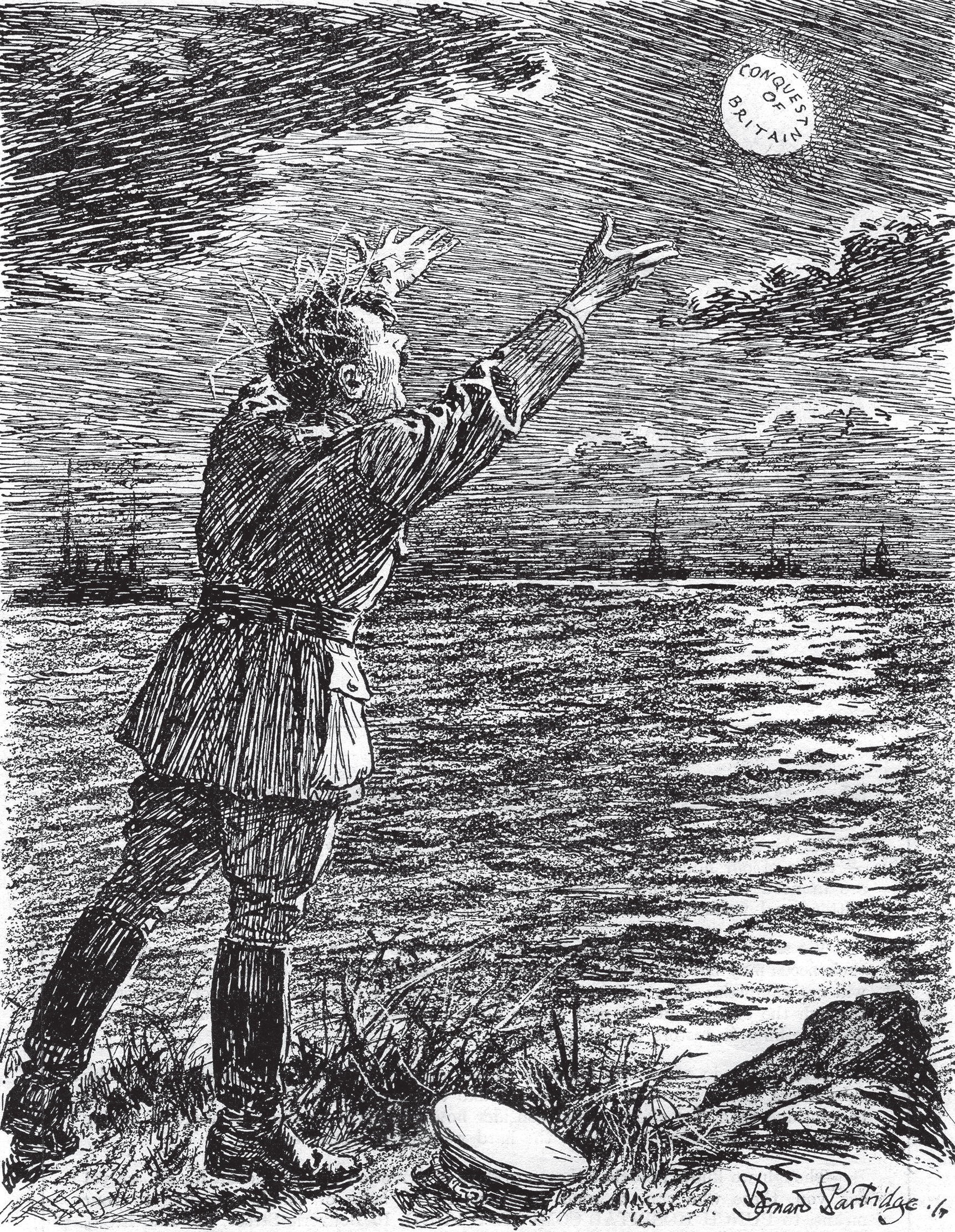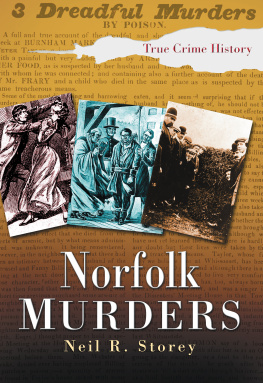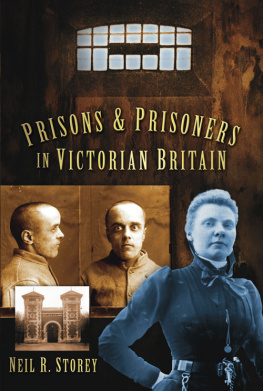Neil R Storey - Beating the Nazi Invader
Here you can read online Neil R Storey - Beating the Nazi Invader full text of the book (entire story) in english for free. Download pdf and epub, get meaning, cover and reviews about this ebook. year: 2020, publisher: Pen and Sword Military, genre: Detective and thriller. Description of the work, (preface) as well as reviews are available. Best literature library LitArk.com created for fans of good reading and offers a wide selection of genres:
Romance novel
Science fiction
Adventure
Detective
Science
History
Home and family
Prose
Art
Politics
Computer
Non-fiction
Religion
Business
Children
Humor
Choose a favorite category and find really read worthwhile books. Enjoy immersion in the world of imagination, feel the emotions of the characters or learn something new for yourself, make an fascinating discovery.
- Book:Beating the Nazi Invader
- Author:
- Publisher:Pen and Sword Military
- Genre:
- Year:2020
- Rating:5 / 5
- Favourites:Add to favourites
- Your mark:
- 100
- 1
- 2
- 3
- 4
- 5
Beating the Nazi Invader: summary, description and annotation
We offer to read an annotation, description, summary or preface (depends on what the author of the book "Beating the Nazi Invader" wrote himself). If you haven't found the necessary information about the book — write in the comments, we will try to find it.
Beating the Nazi Invader — read online for free the complete book (whole text) full work
Below is the text of the book, divided by pages. System saving the place of the last page read, allows you to conveniently read the book "Beating the Nazi Invader" online for free, without having to search again every time where you left off. Put a bookmark, and you can go to the page where you finished reading at any time.
Font size:
Interval:
Bookmark:

Beating the Nazi Invader
For Michelle Bullivant
Hitlers Spies, Saboteurs and Secrets in Britain 1940
Neil R Storey

First published in Great Britain in 2020 by
Pen & Sword Military
An imprint of
Pen & Sword Books Ltd
Yorkshire Philadelphia
Copyright Neil R Storey 2020
ISBN 978 1 52677 294 7
eISBN 978 1 52677 295 4
Mobi ISBN 978 1 52677 296 1
The right of Neil R Storey to be identified as Author of this work has been asserted by him in accordance with the Copyright, Designs and Patents Act 1988.
A CIP catalogue record for this book is available from the British Library.
All rights reserved. No part of this book may be reproduced or transmitted in any form or by any means, electronic or mechanical including photocopying, recording or by any information storage and retrieval system, without permission from the Publisher in writing.
Padstow, Cornwall.
Pen & Sword Books Limited incorporates the imprints of Atlas, Archaeology, Aviation, Discovery, Family History, Fiction, History, Maritime, Military, Military Classics, Politics, Select, Transport, True Crime, Air World, Frontline Publishing, Leo Cooper, Remember When, Seaforth Publishing, The Praetorian Press, Wharncliffe Local History, Wharncliffe Transport, Wharncliffe True Crime and White Owl.
For a complete list of Pen & Sword titles please contact
PEN & SWORD BOOKS LIMITED
47 Church Street, Barnsley, South Yorkshire, S70 2AS, England
E-mail:
Website: www.pen-and-sword.co.uk
Or
PEN AND SWORD BOOKS
1950 Lawrence Rd, Havertown, PA 19083, USA
E-mail:
Website: www.penandswordbooks.com
The author would like to express his personal thanks to the following: The National Archives, Imperial War Museum, Aberdeen City and Aberdeenshire Archives, Manx National Heritage Library and Archives, Newcastle Local Studies Library, Gerry Jackson, BBC Look North, BBC Radio Norfolk, MVC Studios, Norfolk Record Office, Lizzy Baker, Archives Lead, Tyne & Wear Archives, German Occupation Museum, Guernsey, Milton Keynes Museum, Lieutenant Colonel Martin Valles, Kim Valles, David Hepworth, Derek Tree, John Warwicker, Richard Underwood, David Schrader, Tim Bennett, Steve and Eve Bacon, David and Christine Parmenter, Ian Johnson, Marc Hope, Richard Cobb, Ellengard Gertz, Oliver Rogge, Mark Cudworth, Susanne Khler, Austin Ruddy, Michelle Bullivant, Henry Wilson, Matt Jones, Irene Moore, my old friends Stewart P. Evans, Bob Collis and James Hayward, my loving family and partner Fiona for all her love and support.
The author also would like to place on record his thanks to the many Second World War veterans of Britain, America, France, Belgium, Holland and Germany and their families who have shared their wartime stories, letters, memoirs and photographs with him over the years.

The August Moon Punch , 21 August 1940.
Though much is taken, much abides; and though
We are not now that strength which in old days
Moved earth and heaven, that which we are, we are ,
One equal temper of heroic hearts ,
Made weak by time and fate, but strong in will
To strive, to seek, to find, and not to yield.
Ulysses , Alfred Lord Tennyson (18091892)
I n the years after the end of the First World War when many strove hard for peace and government spending was reduced year on year under the Geddes Axe of the Committee on National Expenditure (chaired by Sir Eric Geddes), the Security Service, because its operations were seen by many as an expedient of war not peace and because of its secret nature, was not fully understood by the public or many MPs. It only clung on to its existence by a thread, its saving graces being the distinguished war record of the service co-founder and director, Major General Sir Vernon Kell, the high regard he was still held in
This stood the service in good stead, especially as subversive Communist groups were on the increase in Britain, so when the intelligence was reorganised in 1931 the Security Service, increasingly referred to as simply MI5, was given full responsibility for counter subversion. MI5 proved its worth again and again throughout the 1930s, with notable achievements combatting subversive Communist elements, infiltrating Oswald Mosleys British Union of Fascists (BUF) and the penetration of the Nazi German Embassy. The problem that constantly confronted MI5 during the 1930s was that it only had limited staff to deal with new threats as they emerged, especially the Nazi Party Auslandsorganisation in Britain. Coercive methods were employed by the Nazi government over Germans resident, working or studying in Britain. German agents were also sent over to spy on German migrs; especially those who had fled for political reasons. There were also agents gathering intelligence, not just of military value, but also about British cities, towns, transport and communications systems, industries, utilities, religious, social, academic and political organisations and individuals.

The Gatehouse of Wormwood Scrubs Prison, where A, B and C Blocks provided an unusual home for MI5 in 1940.
In early 1939 MI5 had a total staff of just 36 officers backed up by 103 administrative and registry staff working in offices on the top floor of the South Block of Thames House on Horseferry Road, Westminster. As the storm clouds of war gathered and staff numbers and workload expanded MI5 needed more office space, as did numerous other government departments, so they found a novel solution by moving half their staff to Blenheim Palace in Oxfordshire and the other to A, B and C Blocks of Wormwood Scrubs Prison. At least they could be sure the latter location, that was soon known simply as The Centre, was secure; indeed there were amusing instances when some of the staff ended up being locked in their offices that had received little or no conversion from their former use as cells. Some had no handles on the inside, so occupants had to carefully watch the latch locks on some of the doors.
Every officer had his own office cell and the secretaries were usually two to a cell. There was plenty of work to be done and they all worked hard at it, but The Centre was recalled by those there in the early days as having something of a family atmosphere about the place. Director Vernon Kell was very much the father of the establishment in his tweed suits and round horn-rimmed spectacles; the secretaries would enjoy sitting in the prison garden during their lunch breaks on sunny days. Among the staff who stood out was the debonair MI5 officer, Major Thomas Argyll Robertson (Tommy or TAR to his friends and colleagues) who was recalled striding manfully along the lofty corridors of the old prison wings wearing the slim cut tartan trews of his old regiment, the Seaforth Highlanders. The secretaries nicknamed him passion pants.
There too, before he became Commandant of Camp 020, was Colonel Robin Stevens, known as Tin-Eye after the monocle he habitually notched into his right eye socket, who used to walk about with a large hiatus between his sweater and the top of his trousers, putting up minutes about loathly Germans and scrofulous Bosches .
Font size:
Interval:
Bookmark:
Similar books «Beating the Nazi Invader»
Look at similar books to Beating the Nazi Invader. We have selected literature similar in name and meaning in the hope of providing readers with more options to find new, interesting, not yet read works.
Discussion, reviews of the book Beating the Nazi Invader and just readers' own opinions. Leave your comments, write what you think about the work, its meaning or the main characters. Specify what exactly you liked and what you didn't like, and why you think so.













